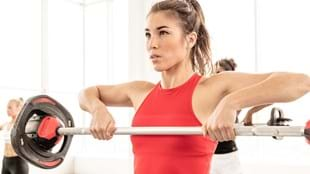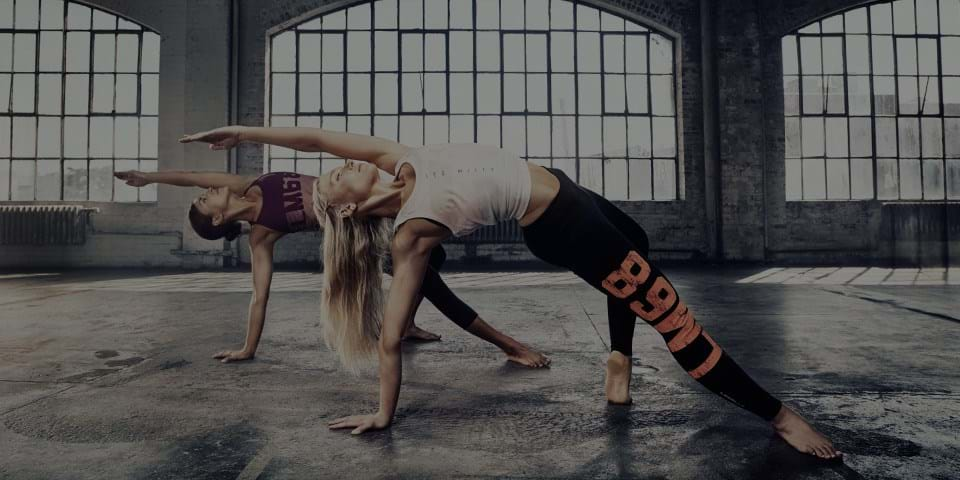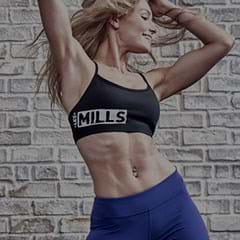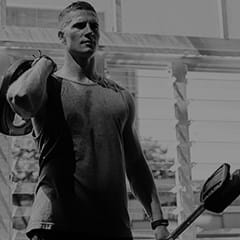In the 1980s the aerobics movement was in full swing. All over the globe group aerobics classes were proving to be hit; it was clear that people loved being able to work out in a social setting with music pumping.
In those early days of group fitness most aerobics classes featured quite a lot of complicated dance movements, recalls Phillip Mills, Les Mills CEO. “If you were a women who’d grown up doing ballet, then you would love it. But if you hadn't, it was very complex, and as a result an awful lot of people found the classes intimidating.”
Phillip, who had taken over the helm of his parents’ Auckland gym, knew that the combination of group exercise and music was where it was at, but he wanted to offer something more functional and athletic than the stereotypical “leotards and legwarmers” class. So a simple dumbbell class was born. When its popularity took off, Phillip and his wife Jackie, a former New Zealand athlete and gymnast, transformed the popular workout into a barbell class – a more efficient way to deliver all the benefits of strength training. This was the beginning of BODYPUMP™.
Combining very basic exercises such as squats, deadlifts and bench presses, BODYPUMP quickly proved to be a workout for the masses. Not only was it simple enough for anyone to do, it provided real results – getting you strong, lean and toned, fast.
“We naively thought we were launching this class to help bring more men into the studio,” says Phillip. “It did attract more men, but what really surprised us was that it became just overwhelmingly popular with women.
“It probably coincided with the rise of feminism,” he suspects. Women wanted to become stronger and empowered in all areas of society. Health conscious women no longer exercised simply to be slim and lose weight, they wanted to be strong as well. “All of a sudden strong became the new skinny,” he says.
When the BODYPUMP phenomenon went global, Perth-based instructor Kylie Gates was quick to jump on board. Having been an athlete prior to getting into aerobics instruction she was one of the few women already sold on the benefits of strength training, and she loved the idea of empowering other women to lift weights. “There had always been a stigma out there about weight lifting. A lot of women think you're going to get lots of big muscles if you lift weights, but with a program like BODYPUMP you don’t get big and bulky, you just get toned and shaped.”
In those early days, coaxing women into strength training took a bit of work, but once they tried it there was no going back. Kylie says it didn’t take long for them to see the results, and soon her regular mid-morning “moms’ classes” were packed. “People can get addicted very quickly – they end up doing group fitness every day, BODYPUMP three times a week. As a result their bodies change remarkably.” Kylie, who is now BODYPUMP Head Program Coach, believes it’s this constant physical change, paired with great music and a social element, that keeps women coming back for more.
Of course, BODYPUMP is by no means exclusively for women. According to Kylie, BODYPUMP brought a lot of men back into the aerobics room, and that created a whole new dynamic as well. “Women were like, ‘Oh, there are all these guys exercising’, and it was clear they liked working out alongside the men.” That is one of the coolest things that happened, says Kylie. “BODYPUMP broke down some barriers. It introduced women to strength training and got more men into the studio. Basically it transformed the way people exercise.”








